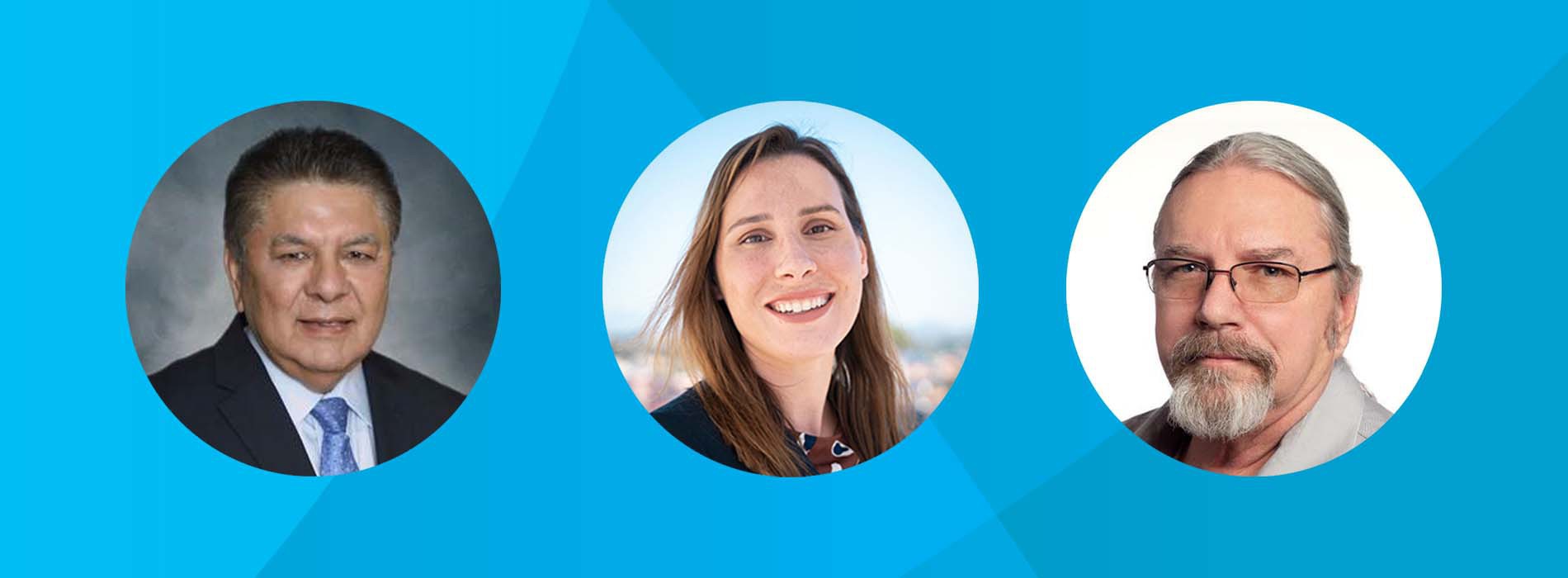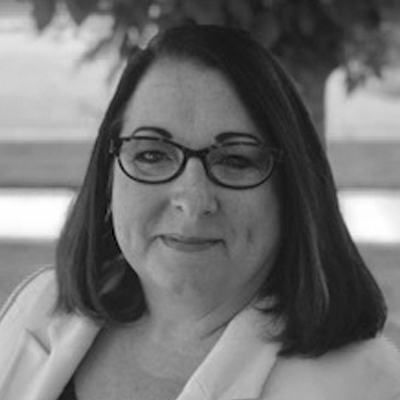Community-Based Organizations Are Critical to Achieving EV Equity

Expanding access to electric vehicles (EVs) and EV charging in low-income and disadvantaged communities is critical to improving local air quality and decreasing transportation costs. Doing so requires far more than just getting the word out. It involves developing deep and lasting partnerships with trusted community-based organizations (CBOs).
At the Center for Sustainable Energy (CSE), we partner with CBOs to better understand their communities’ challenges to switching to EVs, such as questions about EV technology, availability of affordable vehicles and access to charging. In turn, the perspectives and information CBOs share help us inform policy, programs and outreach at the local, state and national level.
As part of CSE’s administration of California’s Clean Vehicle Rebate Project (CVRP), we engage with lower-income families to discuss cash incentives and driver savings that can make buying or leasing an EV more affordable. Essential to these efforts is a statewide team of multilingual equity specialists and a Community Partners Network of 18 CBOs.
We asked leaders of three network CBOs to discuss the challenges of EV adoption in low-income and disadvantaged communities. Below are insights and perspectives from:
- Flora Barron, director of economic development at the Metropolitan Area Advisory Committee (MAAC) in San Diego
- Kevin Hamilton, co-director and co-founder of the Central California Asthma Collaborative (CCAC) in Fresno
- Luis Sanchez, CEO of the Community Resource Project (CRP) in Sacramento
What are the challenges of attracting low-income residents, particularly in disadvantaged communities, to apply for CVRP and other EV equity incentive programs?
Flora Barron: CVRP and other EV equity incentive programs are not highly visible in low-income communities. Low-income residents look to trusted messengers like community-based organizations or faith-based organizations rather than program administrators and government for reliable EV information. Most importantly, residents want to better understand clean vehicle technology before applying for funding to purchase plug-in vehicles.
Kevin Hamilton: Residents of low- and moderate-income (LMI) communities are (as are Californians in general) not a monolithic culture. They are a complicated milieu of languages, ethnic and racial backgrounds, cultural values and educational levels. All media and other public-facing communication tools must recognize those differences and account for them. This is best done by working with local community-based organizations to ensure CVRP’s message is conveyed in ways most likely to resonate with those residents and, most importantly, those who are considering a vehicle purchase.
Luis Sanchez: Commitment to a large payment upfront for an EV, even with incentives, can be challenging for low-income residents. Some customers do not feel confident about an EV’s ability to cover their daily commutes. There’s also concern about a lack of nearby charging stations, particularly for those living in multifamily dwellings and renters.
How do you raise awareness of EV benefits and available incentives in equity communities?
Flora Barron: We must embed EV education in programs administered by community-based organizations that already attract and engage low-income residents. Low-income residents may be more inclined to purchase clean vehicles if they understood the potential cost savings. This messaging could be incorporated into conversations that are already taking place surrounding employment and the need to secure reliable forms of transportation.
Kevin Hamilton: Partner CBOs need training, supervision and support to implement a successful outreach plan that reaches the target audience and provides a message that resonates with LMI residents. EV education and incentive applications are relatively complicated and can seem overwhelming to many LMI residents, so the message and support must be appropriate to overcome such barriers.
Luis Sanchez: CRP has provided awareness by sharing program information through social media and, when possible, in-person events. In addition, we've cross-promoted EV information through our other income-based programs.
How have the EV services provided by your CBO evolved over time?
Flora Barron: MAAC has evolved our EV services to meet the needs of our communities. During our initial outreach, we quickly realized the need for individualized guidance and support. We are now offering general EV education workshops as well as coaching tailored to the specific needs and goals of the individual to increase EV adoption in low-income communities.
Kevin Hamilton: A paradigm shift occurred when the California Air Resources Board approved stacking of the CVRP increased LMI rebate and the Clean Vehicle Assistance Program (CVAP) for income-qualified individuals that did not require scrapping an existing vehicle and was further shifted when Rebate Now provided a combined down payment assistance with CVAP.
Luis Sanchez: To walk the talk, CRP implemented a fleet replacement and deployment plan with nine electric trucks that were deployed in greater Sacramento to provide home energy audits. We also just purchased an EV Leaf and are looking at a Toyota RAV4 to add to our fleet. Next year we look to purchase Ford Lightning EV and EV vans for our fleet.
How does your partnership with CSE support your CBO’s mission and the community you serve?
Flora Barron: At MAAC, we believe people should have the means and opportunity to live the lives they envision and deserve. Because people will be driving clean vehicles, they will breathe in less hazardous air particles, leading to better health outcomes. CSE and MAAC's values and mission are aligned, and together we will make this world we imagine a reality.
Kevin Hamilton: CSE has worked in close collaboration with CCAC and its community-based organization partners to seek our insights and perspective and develop policies and programs that reduce climate and air pollution by expanding access to clean transportation in the San Joaquin Valley. It’s a great blueprint to follow.
Luis Sanchez: By sharing educational materials about EV benefits and available incentives, we hope residents have the access to be part of the transition to EVs and help the Sacramento area reduce emissions for healthier air quality.
What is one thing policymakers need to understand about expanding EV adoption in disadvantaged and low-income communities?
Flora Barron: Low-income communities need to be a part of conversations where we define the problem or challenges as well as conversations where we identify solutions. Also, EV adoption requires people to embrace a new and somewhat unfamiliar technology. Adoption will come with continued commitment to providing education over time.
Kevin Hamilton: CCAC and its partner organizations believe in a ground-up approach to all policy development and programs with checkpoints along the way to ensure the developing policy or program is firmly rooted in the communities it’s intended to help.
Luis Sanchez: They should know that a higher subsidy will be required to place people in a comfortable debt position to be able to purchase an EV. Plus, additional investments may be needed to accommodate individuals residing in older multifamily complexes.
What are next steps to spurring greater EV adoption for all?
Flora Barron: We need to develop a workforce to maintain charging infrastructure and clean vehicles. Without enough skilled workers, investments in incentive programs and infrastructure and EV adoption efforts to date will be in vain.
Kevin Hamilton: CCAC and its Clean Vehicle Empowerment Collaborative partners are highly invested in the success of EV equity programs. We believe CARB needs to make significant changes to CVRP to spur EV adoption in LMI and disadvantaged communities.
Luis Sanchez: More outreach and education are needed to show how easy it is to purchase an EV, the cost savings and how to charge it.


